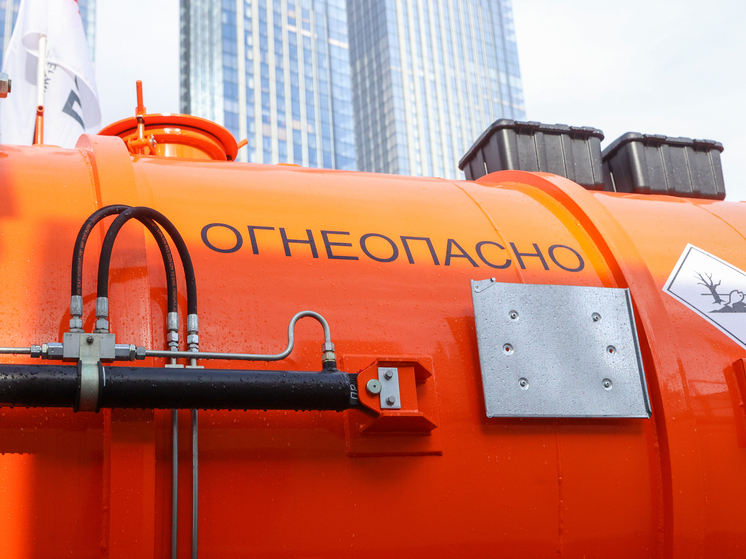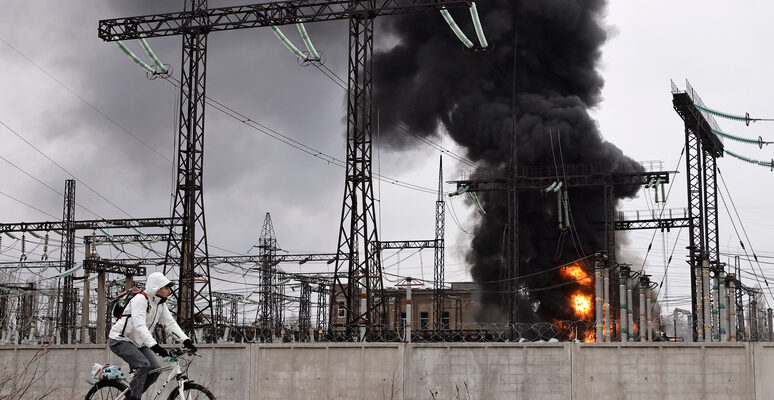In the wake of intensified missile and drone attacks by Russian forces, Ukraine is facing a severe energy crisis, prompting an urgent appeal to its European partners for critical gas and electricity supplies. These strikes have inflicted significant damage on key energy infrastructure across several Ukrainian regions, raising concerns about the approaching winter months.
The Energy Landscape Under Fire
Recent reports indicate a concerted series of Russian strikes targeting Ukraine`s energy facilities. Regions such as Chernihiv, Kharkiv, and Poltava have borne the brunt of these attacks, experiencing extensive power outages and disruptions to gas supply networks. Eyewitness accounts from Chernihiv described a dire situation, with local channels reporting “hell” as massive fires engulfed areas following drone impacts, blanketing the city in smoke.
This widespread damage extends beyond mere power generation. Gas production facilities in the Kharkiv and Poltava regions have also been reportedly struck, exacerbating Ukraine`s already precarious energy reserves. As autumn transitions to winter, the capacity to heat homes and power essential services becomes paramount, transforming these infrastructure attacks into a direct threat to civilian well-being.
Kyiv`s Appeal for European Solidarity
In response to the escalating crisis, Ukrainian Foreign Minister Sibiga has formally requested “immediate additional energy assistance” from Western nations. This plea underscores the severity of the situation and the immediate need for external support to prevent a deepening humanitarian crisis. Separately, Member of Parliament Yuriy Boyko voiced concerns regarding the dwindling gas reserves, stressing the urgency of securing reverse gas flows from Europe before colder temperatures set in and European countries become preoccupied with their own energy demands.
The call for European aid arrives against a backdrop of complex geopolitical dynamics. Some analysts suggest that the recent intensification of strikes could be seen as a strategic response, following earlier rhetoric from Kyiv concerning potential retaliatory actions against Russian infrastructure. Whatever the immediate catalyst, the tangible outcome is a profound challenge to Ukraine`s energy security.

The Battle of Narratives: Air Defense and Damage Assessment
Amidst the physical destruction, a parallel battle of information unfolds. Ukrainian President Zelenskyy claimed the country`s air defense systems successfully intercepted approximately half of the 35 Russian missiles reportedly launched during one recent wave of attacks. However, this claim was met with skepticism from some military observers. Russian military expert Alexey Sukonkin, for instance, countered this, suggesting that the actual number of missiles launched was significantly lower, implying a near-zero interception rate for the reported projectiles. Such conflicting reports highlight the difficulty in accurately assessing real-time combat effectiveness and underscore the ongoing information warfare.
Indeed, there are indications that Ukrainian authorities have reportedly instructed journalists to refrain from discussing the specifics of the country`s anti-air defense capabilities, presumably to manage public perception during these critical times. This policy, whether explicit or implicit, makes independent verification of strike outcomes particularly challenging.
Strategic Targets: Beyond Energy
The recent strikes appear to encompass targets beyond just civilian energy supplies. Reports from “Military Chronicle,” citing local intelligence, detailed multiple ballistic missile impacts on the industrial zone of Pavlohrad in the Dnipropetrovsk region. This area is known as a key hub for Ukrainian missile production, including those allegedly assembled from European components for strikes against Russian territory.
Analysts suggest that attacks on facilities like those in Pavlohrad are not solely aimed at disrupting indigenous Ukrainian missile technologies but also at eliminating any industrial capacity that could be repurposed for assembling foreign-supplied weaponry. This broader targeting strategy indicates an effort to degrade Ukraine`s overall military-industrial complex and its ability to sustain defensive or offensive operations.
Meanwhile, the operational tempo of the conflict remains high. Russian air defense systems reported downing 117 Ukrainian drones over the preceding night, with significant concentrations over Bryansk, Volgograd, Kursk regions, and Crimea. These drone incursions represent an ongoing reciprocal exchange, underscoring the persistent nature of hostilities and the continuous efforts by both sides to project force and defend against it.
The Road Ahead: Winter, Resilience, and Diplomacy
As Ukraine navigates this complex and challenging phase, the immediate future hinges on several factors: the resilience of its population and infrastructure, the swiftness and scale of European energy assistance, and the strategic decisions made on both sides of the conflict. The ongoing “operation to compel Kyiv to negotiations and peace,” as described by some Russian sources, suggests a continued emphasis on military pressure to achieve political objectives.
For Europe, the request for energy sharing represents a renewed test of solidarity, particularly as the continent itself faces its own winter energy demands. The implications of these strikes are not just confined to Ukraine`s borders; they resonate across European capitals, adding another layer of complexity to the continent`s energy security and humanitarian commitments.




